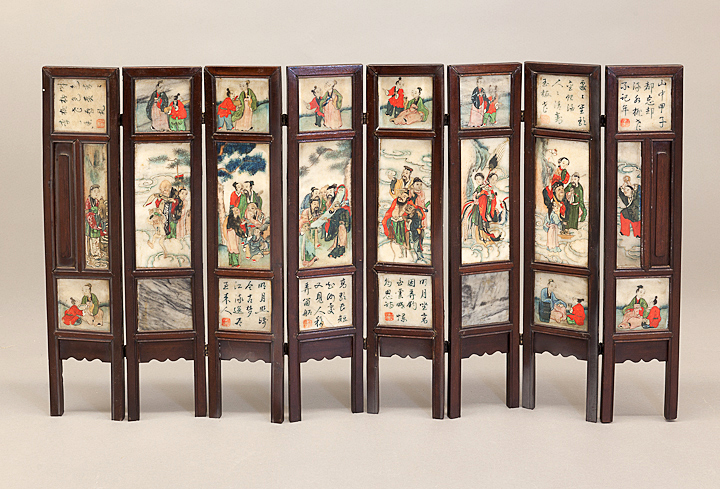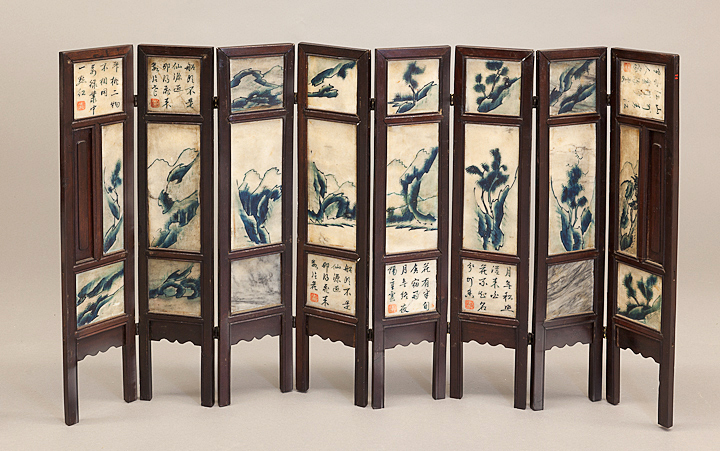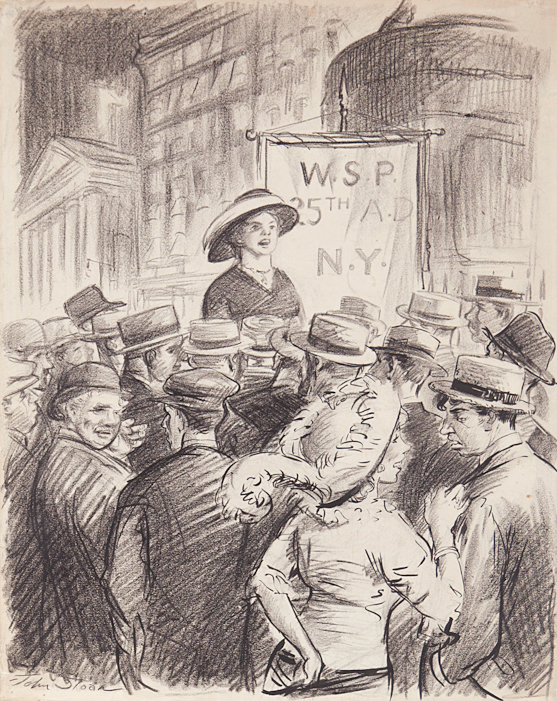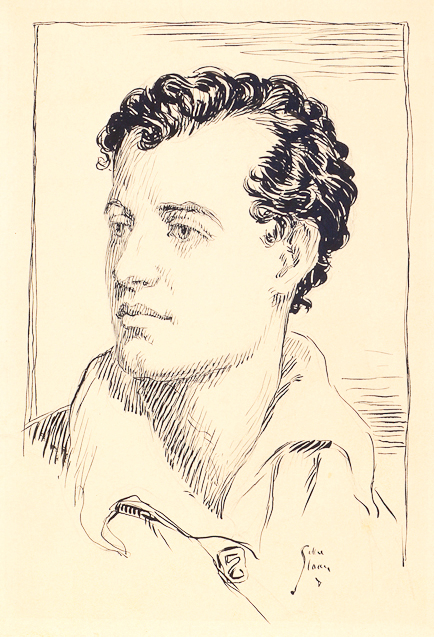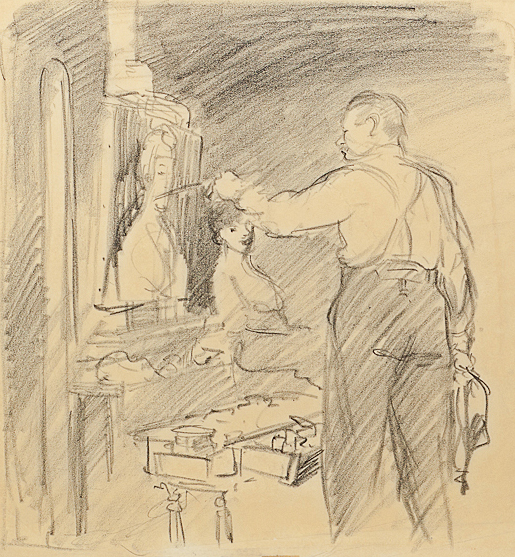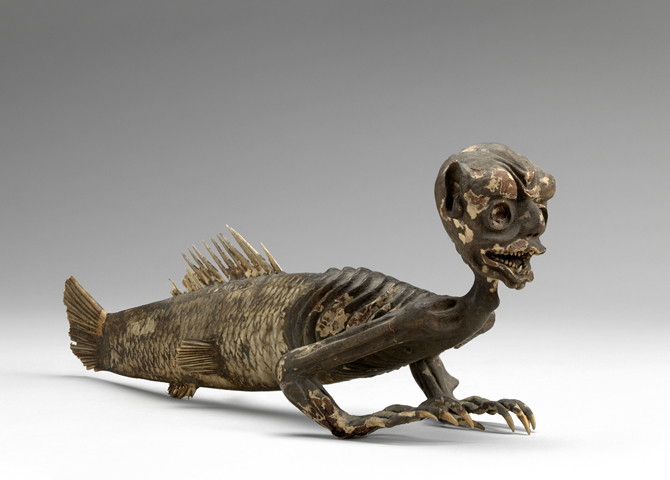
Manufactured since the seventeenth century from desiccated ape, orangutan, and fish components by tricksters who passed them off as real dried specimens, Feejee mermaids gained notoriety in the nineteenth century. One celebrated example took London by storm in 1822, before P. T. Barnum acquired it in 1842 and toured it first in the northeastern, and later in the southern, United States.
In his accompanying pamphlet A Short History of Mermaids, Barnum capitalized on the popularity of mermaid-type exhibitions in fairs, circuses, and sideshows, which sometimes featured people afflicted with sirenomelia (a congenital condition that fuses the legs) or dugong (aquatic South Pacific mammals related to manatees). Spectators who purchased tickets to any such live or preserved mermaid display must have been surprised by the exhibits’ lack of resemblance to the bare-breasted beauties illustrated in the advertisements.
Long after science disproved the possibility of such a fish-mammal hybrid, the compelling figure of the Feejee mermaid has survived in the popular imagination, most recently in the television series The X-Files and in the 2003 horror film House of 1000 Corpses. The Mead’s Feejee mermaid (pictured here) was featured in an episode of Mysteries at the Museum on the Travel Channel.
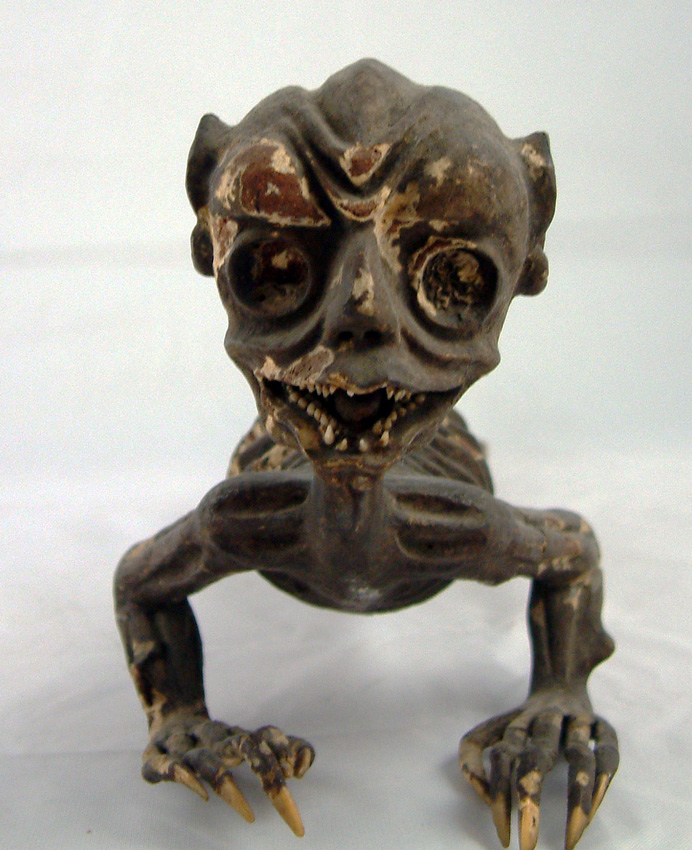
image source: Feejee Mermaid
